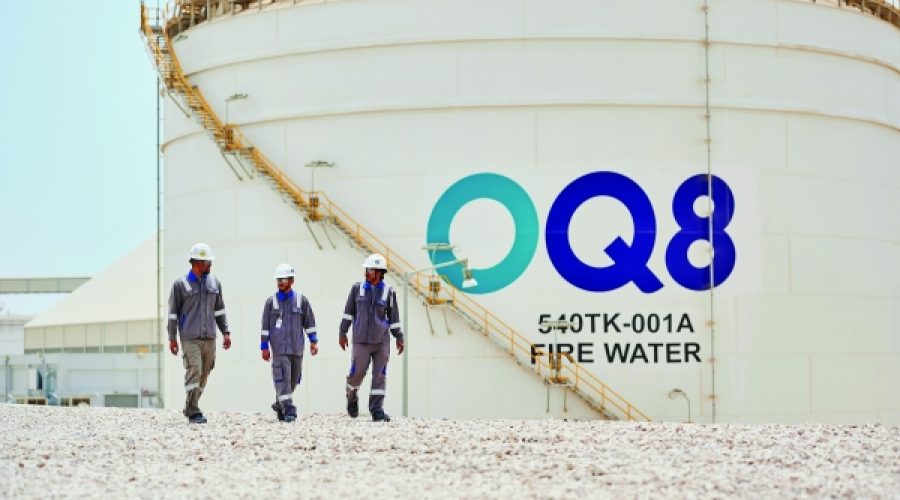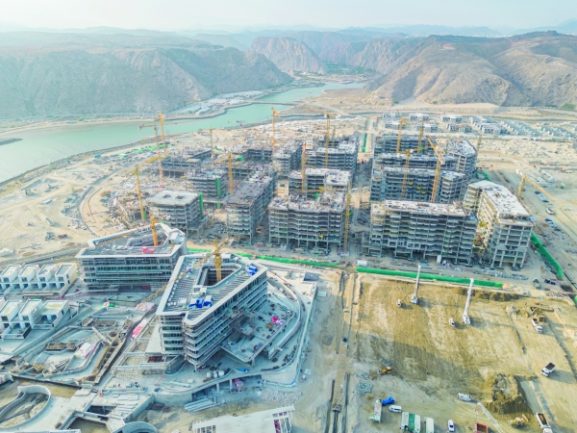Oman’s Record LPG Production Reaches 1.353 Million Tonnes in 2024: Implications for Investors and Energy Sector Growth
MUSCAT: The production of Liquefied Petroleum Gas (LPG), an essential energy source for both homes and industries in Oman, increased significantly by nearly 37% in 2024. The total output reached 1.353 million metric tonnes, up from approximately 990,000 metric tonnes the previous year, marking a new record for the Sultanate.
LPG, which is derived from natural gas processing and crude oil refining, is predominantly used for cooking and heating in households. It is also increasingly utilized in various commercial and industrial applications, including catering, laundry services, metal cutting, drying processes, and machinery operation. Given its low emissions and ease of transport and storage, LPG is furthermore adopted as an automotive fuel in several export markets.
A major contributor to this remarkable increase was the Duqm Refinery (OQ8), which produced 287,000 metric tonnes, accounting for 21% of the total. This output reflects the refinery’s first full year of operations, having commenced full capacity earlier in the year.
The largest share of production came from the Sohar Refinery, owned by OQ Refineries and Petroleum Industries Company (OQ RPI), which delivered 611,000 metric tonnes, making up 45% of the total. Following this, the Salalah LPG plant, also managed by OQ RPI, contributed 315,000 metric tonnes (23.3%), while the Mina Al Fahal refinery added 63,000 metric tonnes, equivalent to 5% of total production.
Additionally, Daleel Petroleum’s Wadi Aswad field produced 51,000 metric tonnes, representing 3.8% of the total yield. Smaller contributions were noted from Petroleum Development Oman’s (PDO) Saih Rawl facilities, which produced around 20,000 metric tonnes (1.5%), and the Bukha and West Bukha fields operated by Musandam Oil & Gas Company, yielding approximately 5,000 metric tonnes (0.4%).
Special Analysis by Omanet | Navigate Oman’s Market
The surge in LPG production in Oman, rising by nearly 37% to 1.353 million metric tonnes, signals a robust growth opportunity for businesses in energy and industrial sectors. This increase, driven primarily by the Duqm Refinery’s full operations, enhances the potential for diversification and reduced energy costs in various industries.
Investors and entrepreneurs should consider capitalizing on this expanding market by exploring ventures in LPG-related services and technologies, while also evaluating potential risks associated with fluctuating global energy prices.



